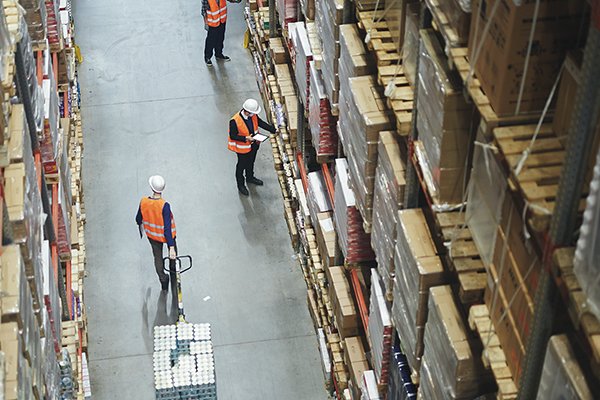Warehousing stock in India is expected to touch 380 million sq ft by 2024 due to increased logistics and storage requirements particularly in urban settings, according to property advisory JLL.
Recently a Landmark Capital has said that, it has launched the Landmark Warehousing and Logistics Fund, a Category II alternative investment fund (AIF), with a target corpus of 500 crore, including a option of 200 crore. This is the Mumbai-based companys first dedicated warehousing fund. On this the company has states that, the fund is launched with an aim to generate superior risk-adjusted returns by investing in Grade A warehousing and logistics opportunities.
It is focusing on non-speculative, built-to-suit assets in key locations near high consumption centres across the country. The fund deal pipeline accounts for over 400 acre of land with marquee names as potential anchor tenants. Further the founder and CEO, Landmark Capital Ashish Joshi said, The growing economy, changes in consumer tastes and behaviour, and digitally savvy millennial consumers has made the Indian warehousing sector an attractive investment opportunity. The other key factors driving this growth include favourable government policies, growing middle class, improved telecom & internet penetration, and increased e-commerce adoption.

The other key factors driving this growth include favourable government policies, growing middle class, improved telecom & internet penetration, and increased e-commerce adoption.
Through this fund, we are aiming to bring proven global themes which are under-penetrated in Indian market especially in Grade A industrial assets including warehousing and industrial parks. As per as report the uncertainty created by the pandemic has been a big boon to e-commerce and has been a huge catalyst for the warehousing and logistics sector. E-commerce platforms are creating unique opportunities in the warehousing sector, with increasing penetration in tier 2 and 3 cities.
Warehousing stock in India is expected to touch 380 million sq ft by 2024 due to increased logistics and storage requirements particularly in urban settings, according to property advisory JLL. The covid-19 pandemic has caused a paradigm shift in consumer behavior from offline to online shopping, leading to an increased activity in sectors like e-commerce and third-party logistics. Also, the 27 million sq ft of warehousing stock was added during January-September 2021, bringing the total inventory to 265 million sq ft this year. The total stock of Grade A and B warehousing space in top eight cities rose at a CAGR 16% from 2018 to September 2021.

The total stock of Grade A and B warehousing space in top eight cities rose at a CAGR 16% from 2018 to September 2021.



















